Thailand and the Philippines are accelerating plans to invest in nuclear power plants over the next decade to achieve carbon neutrality, according to Nikkei.
Nikkei reported that Thailand will announce its national Power Development Plan (PDP) through 2037 in September. It plans to build 70 MW small modular reactors (SMRs). Meanwhile, the Bangkok Post reported that the capacity could be as high as 300 MW. The government will consider the locations of potential nuclear power plants.
Thailand had considered investing in nuclear power since the 2000s. But the 2011 crisis at Japan’s Fukushima Daiichi plant put those efforts on hold. The recent development of SMRs has revived interest.
SMRs generate less energy than conventional reactors and are considered safer. The US, UK and China are among countries developing the model. In November 2022, Washington said it would provide SMR technology to the Thai government.
Thai Prime Minister Srettha Thavisin discussed the possibility of deploying nuclear power with US Secretary of Commerce Gina Raimondo in Bangkok on March 14. He said the government would study the safety of SMRs and seek public opinion.
The country plans to boost nuclear power as its gas reserves dwindle and demand for electricity rises. Bangkok has pledged to be carbon neutral by 2050, so it needs a stable source of electricity to replace gas and coal.
Suvit Toraninpanich, chairman of the Renewable Energy Industry Club under the Federation of Thai Industries (FTI), said the government needs to educate the public about nuclear power if it wants to promote such projects. According to him, the development of nuclear power is controversial due to safety concerns, such as radiation leaks and waste management.
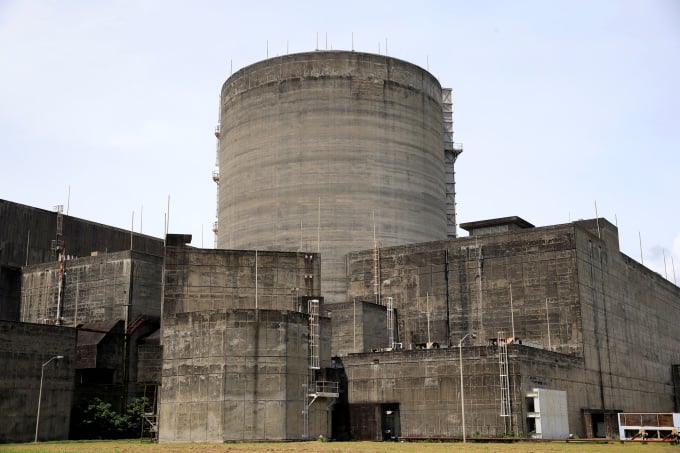
The Bataan Nuclear Power Plant in Morong town, Bataan province, Philippines on September 16, 2016. The project was suspended in 1986 and never put into operation. Photo: Reuters
Faced with similar challenges, the Philippines also plans to develop nuclear power . Its commercial reactor is expected to be operational by 2030. Manila and Washington signed a civil nuclear energy agreement in November 2023, allowing the transfer of nuclear materials, equipment and information between the two countries.
The SMR model is also considered the top choice in the Philippines. The US company NuScale Power plans to invest 7.5 billion USD by 2031 to build reactors here.
In early March, a government delegation traveled to Canada to learn about nuclear power. "The Philippines is aiming to have nuclear power within the next decade. We need more knowledge and access to this type of energy," Energy Undersecretary Sharon Garin told PhilStar.
The Philippines attempted to operate the Bataan Nuclear Power Plant in Luzon under President Ferdinand Marcos Sr. The plan was abandoned in 1986, when he lost popularity and the Chernobyl nuclear disaster occurred. For current President Ferdinand Marcos Jr. - Ferdinand Marcos Sr.'s son - building a nuclear power plant would be the realization of his father's dream.
The Department of Energy (DOE) plans to conduct a survey to gather public opinion on the use of nuclear energy.
Most recently, a similar survey was conducted in 2019. At that time, 79% of Filipinos surveyed approved of using and rehabilitating the abandoned Bataan Nuclear Power Plant. 65% of people agreed to build a new nuclear power plant.
In addition, Southeast Asia's largest economy , Indonesia, also plans to install 1,000-2,000 MW of nuclear power by early 2030. Coal currently accounts for about 60% of the country's total electricity supply, while Indonesia aims to be carbon neutral by 2060. Meanwhile, the Myanmar government is increasing nuclear cooperation with Russia.
To date, Southeast Asia has no commercially operational nuclear power plants. Safety concerns remain high in the region. In March 2023, a container of radioactive cesium-137 went missing at a coal plant in Thailand. It was found a few days later, but the incident exposed lax oversight.
According to Kei Koga, Associate Professor at Nanyang Technological University (Singapore), Southeast Asian countries should develop standards to ensure safety and prevent dual use of nuclear technology (power generation and military purposes).
Phien An ( according to Nikkei, PhilStar, Bangkok Post )
Source link


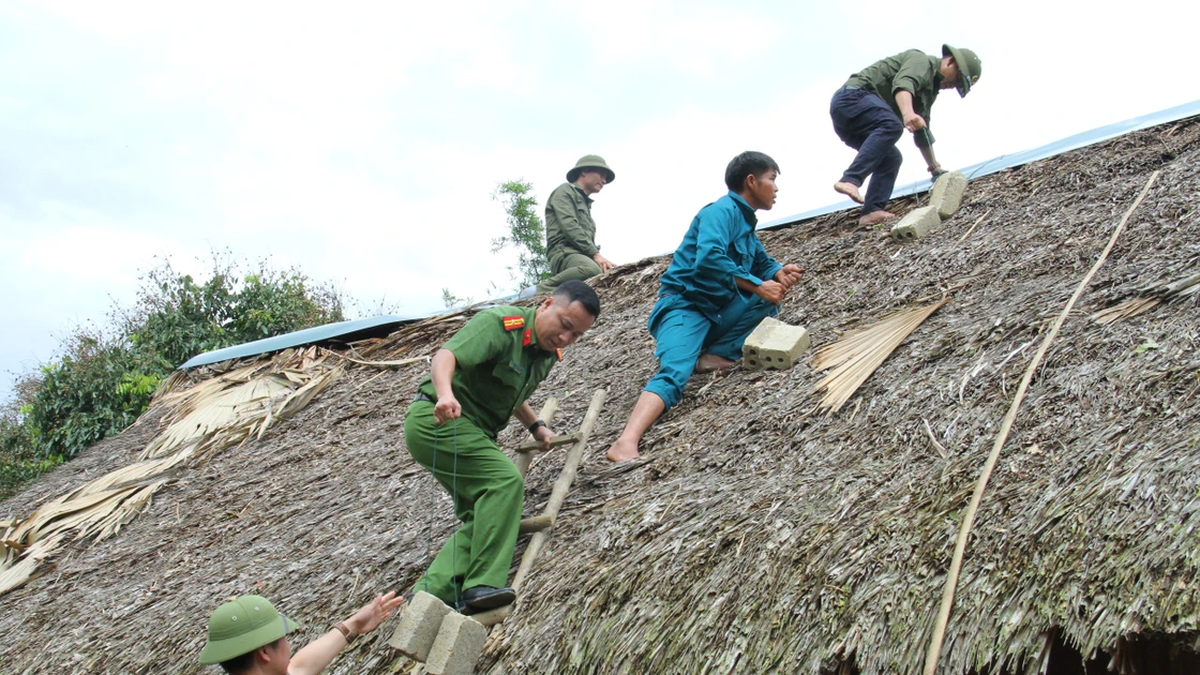

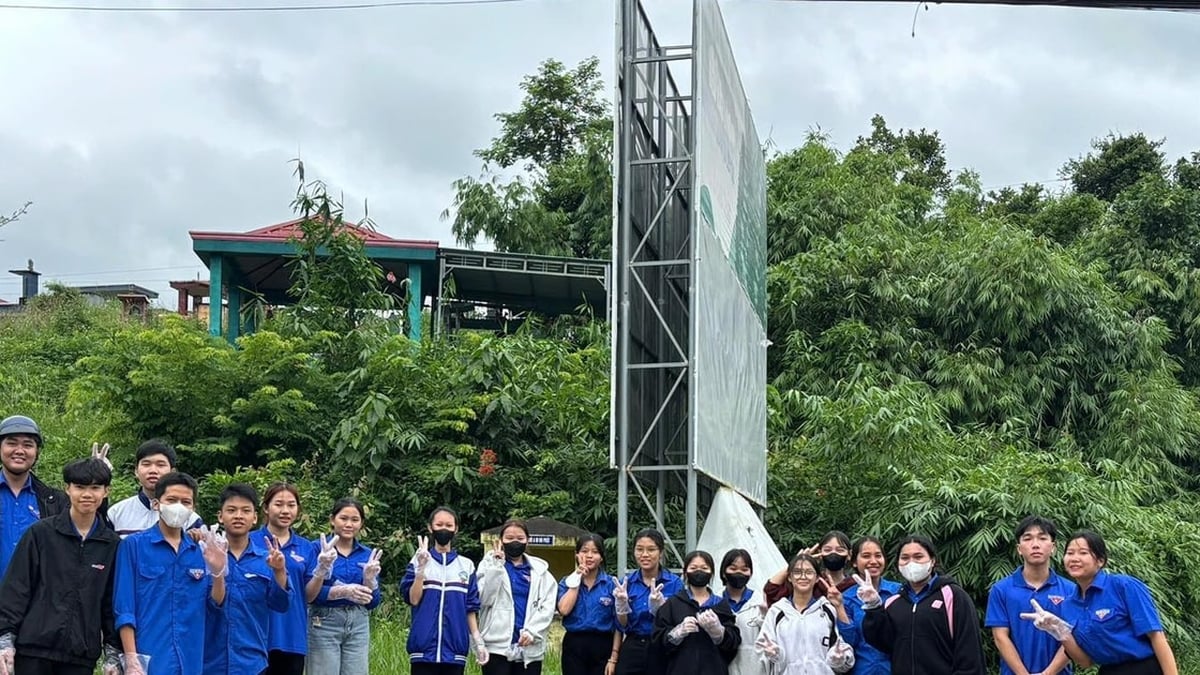

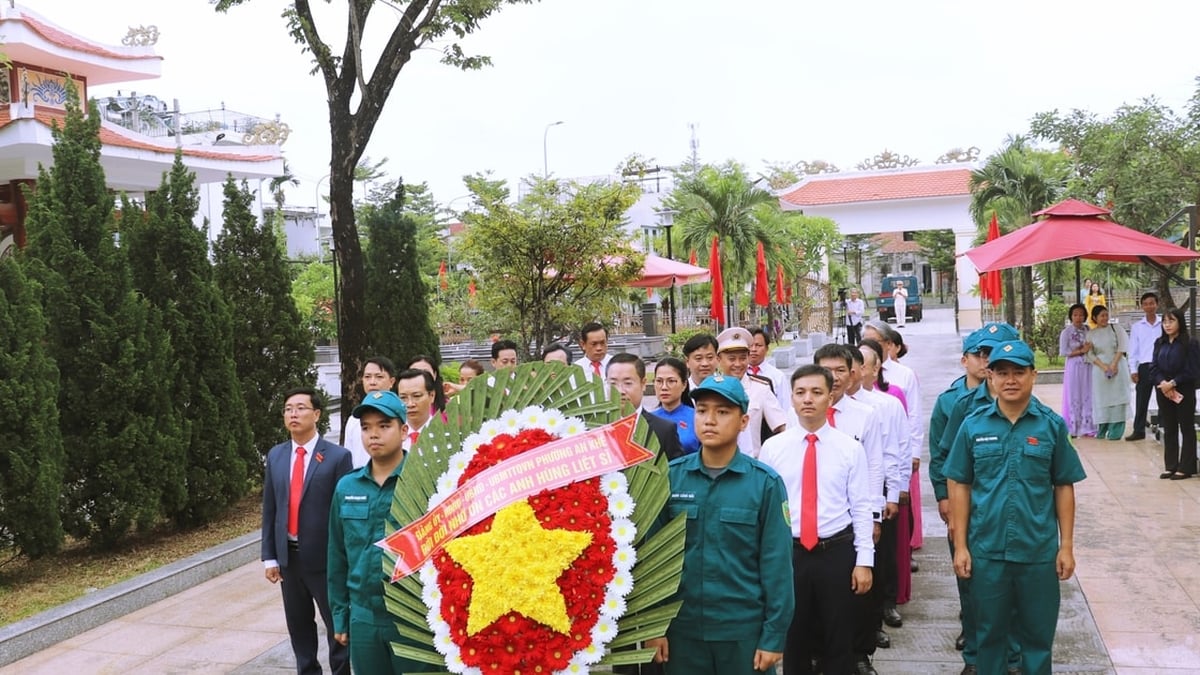

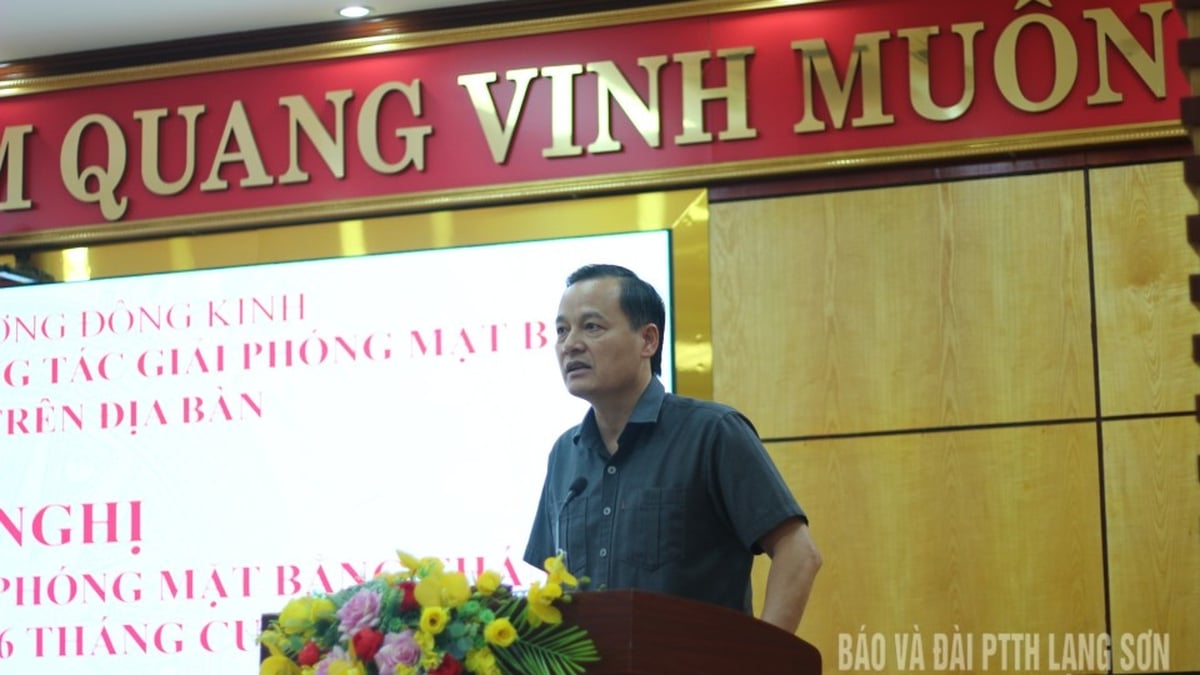

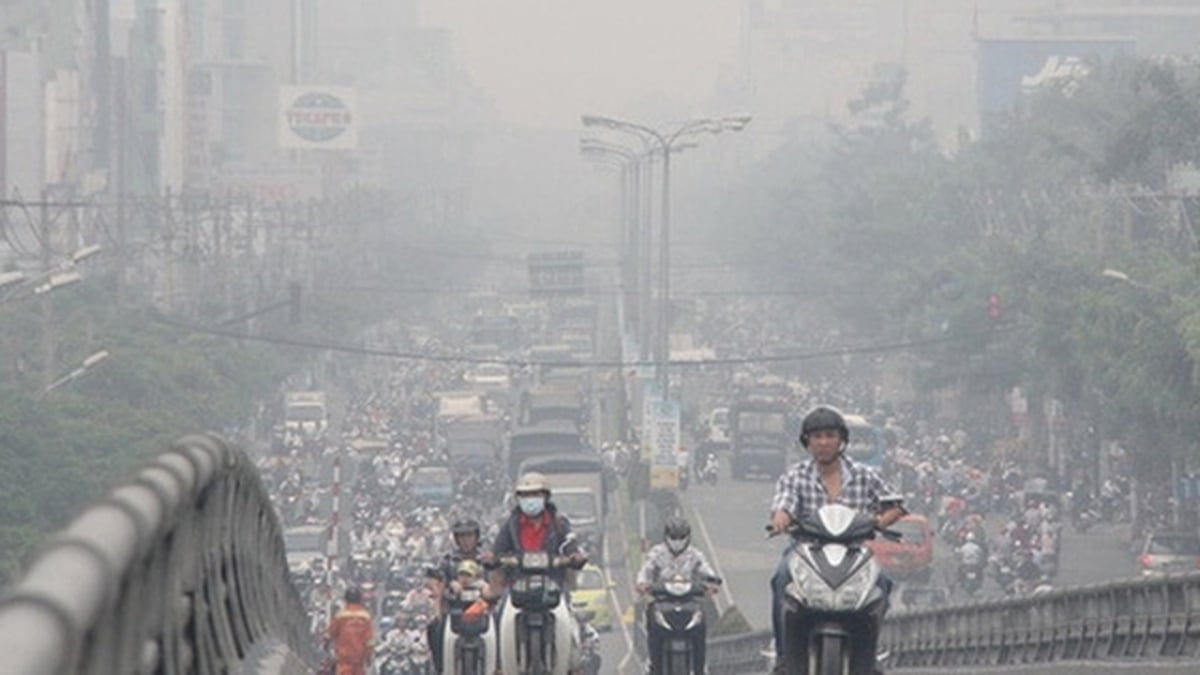

















![[Photo] National Assembly Chairman Tran Thanh Man visits Vietnamese Heroic Mother Ta Thi Tran](https://vphoto.vietnam.vn/thumb/1200x675/vietnam/resource/IMAGE/2025/7/20/765c0bd057dd44ad83ab89fe0255b783)










































































Comment (0)